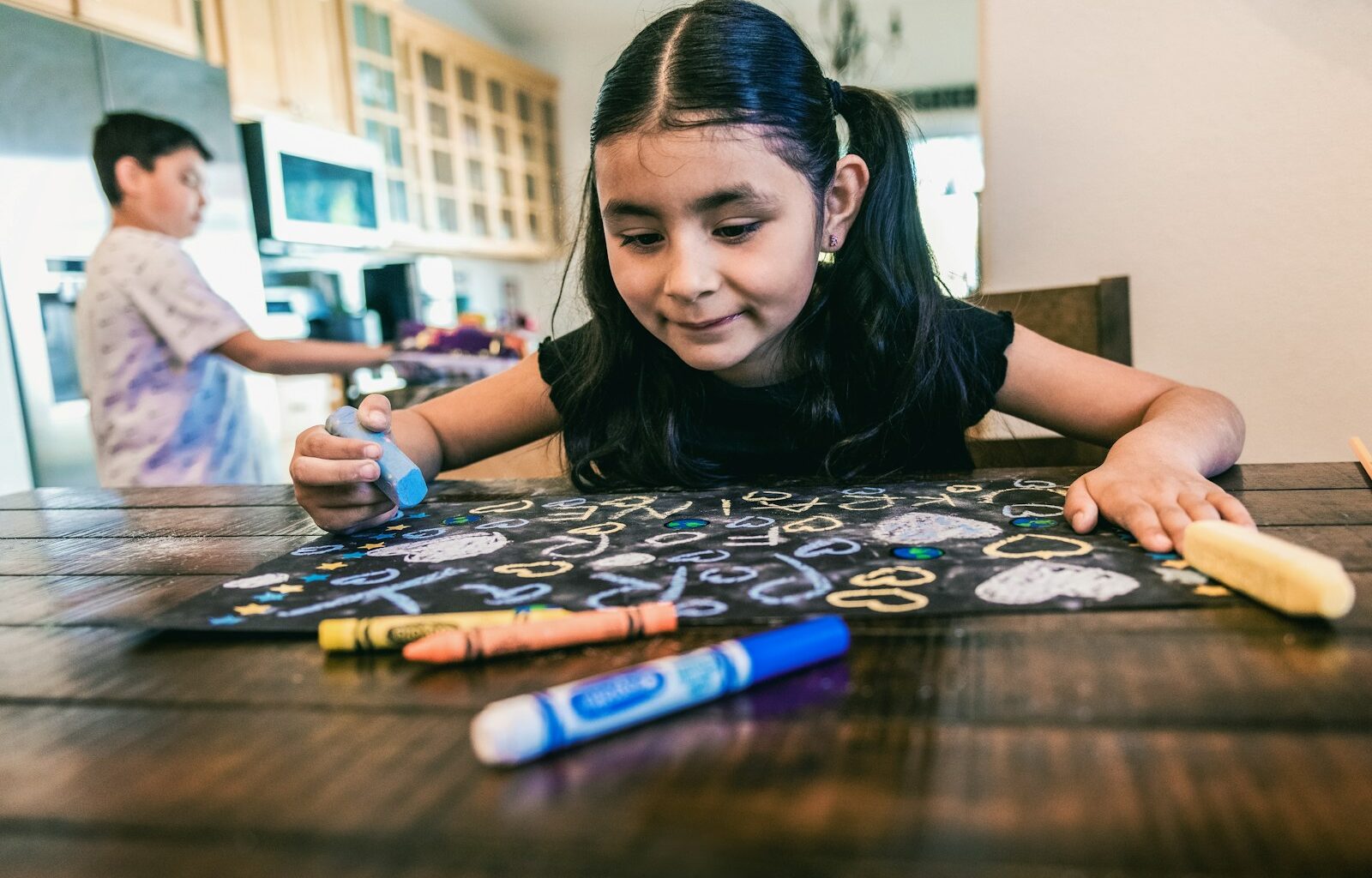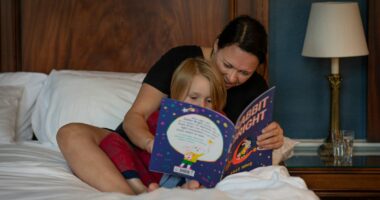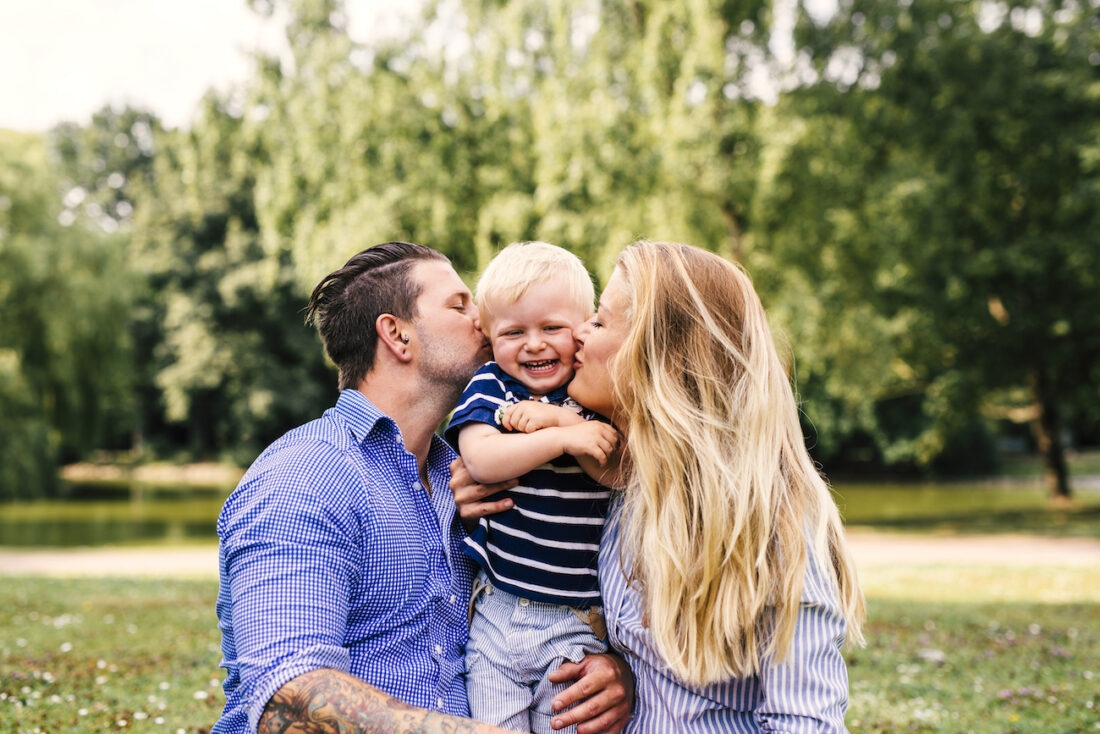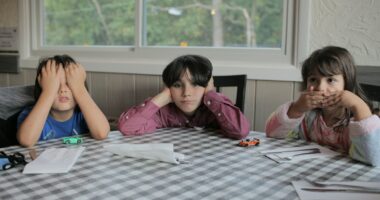Natural creativity flourishes in environments that provide freedom, resources, and encouragement without pressure or predetermined outcomes. Research from Harvard’s Project Zero shows that children demonstrate 90% higher creative output when given open-ended materials and process-focused support compared to structured activities with specific goals, while forced creativity programs actually decrease innovative thinking by 35% due to performance pressure and external motivation.
1. Creating Space for Natural Creative Expression
1.1 Unstructured Time and Mental Space
Provide regular periods of unstructured time without planned activities or entertainment, allowing children’s natural curiosity and imagination to emerge. Boredom often triggers the most creative thinking and original ideas in children.
1.2 Physical Creative Spaces and Material Access
Designate areas where children can freely create, experiment, and make messes without concern about perfection or cleanup. Easy access to art supplies, building materials, and craft resources enables spontaneous creative expression.
1.3 Open-Ended Materials and Possibilities
Offer materials that can be used in multiple ways rather than single-purpose craft kits or structured activities. Simple items like cardboard, tape, fabric scraps, and natural materials inspire more creative thinking than predetermined projects.
1.4 Permission to Experiment and Fail
Create environments where experimentation is encouraged and “failure” is viewed as learning rather than mistakes. This permission to try things that might not work removes performance pressure that inhibits creative risk-taking.
2. Process-Focused Support and Encouragement
2.1 Process Over Product Appreciation
Focus attention and praise on the creative process, problem-solving efforts, and experimental thinking rather than the final product or outcome. This approach maintains intrinsic motivation and encourages continued exploration.
2.2 Curious Questioning and Exploration
Ask open-ended questions about children’s creative work that encourage reflection and expansion of ideas rather than judgment or evaluation. Questions like “Tell me about this” or “How did you think of that?” support continued exploration.
2.3 Documentation Without Judgment
Document creative work through photos or displays that show appreciation without imposing adult standards or comparisons. This validation supports continued creative expression without creating performance pressure.
2.4 Story and Meaning Exploration
Invite children to share the stories, ideas, or meanings behind their creative work, showing interest in their thought processes and imaginative narratives rather than focusing on technical skills or appearance.
3. Environmental Factors That Support Creativity
3.1 Nature Access and Outdoor Exploration
Provide regular access to natural environments that stimulate sensory experiences, wonder, and imaginative play. Nature offers infinite possibilities for creative expression and imaginative thinking without structured activities.
3.2 Diverse Cultural and Artistic Exposure
Expose children to various art forms, cultural expressions, and creative traditions through museums, performances, and community events without expecting them to pursue specific interests or demonstrate immediate appreciation.
3.3 Multi-Sensory Experience Opportunities
Offer experiences that engage multiple senses—music, movement, textures, scents, and visual elements—that inspire different types of creative expression and help children discover their preferred creative modalities.
3.4 Quiet and Reflective Spaces
Balance active creative opportunities with quiet spaces for thinking, daydreaming, and internal processing that supports the incubation phase of creative thinking and idea development.
4. Avoiding Creativity-Crushing Behaviors
4.1 Excessive Direction and Control
Avoid taking over children’s creative projects or directing them toward “better” outcomes, which undermines their confidence and creative autonomy. Resist the urge to “improve” or “fix” their creative work.
4.2 Comparison and Competition Pressure
Prevent comparing children’s creative work to others or creating competitive environments around creative expression. Comparison shifts focus from internal satisfaction to external validation, reducing intrinsic creative motivation.
4.3 Perfection Expectations and Adult Standards
Avoid imposing adult aesthetic standards or perfectionist expectations that discourage experimentation and risk-taking essential for creative development. Accept and appreciate age-appropriate creative expression.
4.4 Premature Skill Focus and Technical Training
Delay formal technical training until children express genuine interest, allowing natural creative exploration to develop before introducing structured skill-building that can inhibit spontaneous expression.
5. Supporting Individual Creative Interests
5.1 Interest Recognition and Following
Notice and support children’s natural interests and creative inclinations without pushing them in specific directions. Follow their lead in exploring areas that capture their imagination and curiosity.
5.2 Resource Provision Without Pressure
Provide resources and opportunities related to children’s emerging interests without creating expectations for continued pursuit or achievement. Support exploration while maintaining their autonomy over creative choices.
5.3 Gentle Skill Building and Technique Support
Offer technique support and skill building when children express frustration or desire to improve, providing just enough instruction to support their goals without overwhelming their natural creative process.
5.4 Individual Pace and Development Respect
Respect each child’s individual pace of creative development without rushing or comparing their progress to others. Creative development follows unique timelines that can’t be forced or standardized.
6. Modeling Creative Attitudes and Behaviors
6.1 Adult Creative Expression and Exploration
Demonstrate your own creative interests and experimental thinking, showing children that creativity is valuable and enjoyable for people of all ages rather than just a childhood activity.
6.2 Problem-Solving and Innovation Modeling
Model creative problem-solving in daily life situations, showing children how creative thinking applies to practical challenges and everyday situations beyond artistic expression.
6.3 Curiosity and Wonder Expression
Express genuine curiosity, ask questions, and show wonder about the world around you, demonstrating the questioning and observational skills that fuel creative thinking and innovation.
6.4 Mistake Acceptance and Learning
Model acceptance of mistakes and learning from creative experiments that don’t work out as planned, showing children that creative exploration involves risk-taking and learning from outcomes.
7. Integrating Creativity Into Daily Life
7.1 Creative Problem-Solving Opportunities
Invite children to participate in solving household problems, planning activities, or making decisions through creative thinking rather than predetermined solutions, showing practical applications of creativity.
7.2 Imaginative Play Support and Participation
Support and occasionally participate in children’s imaginative play without taking control or directing the narrative, showing appreciation for their creative storytelling and world-building abilities.
7.3 Creative Communication and Expression
Encourage creative forms of communication—drawing pictures to explain ideas, making up songs, or telling stories—that show children multiple ways to express thoughts and feelings creatively.
7.4 Celebration of Uniqueness and Originality
Celebrate unique perspectives, original ideas, and individual approaches to challenges, reinforcing that creative thinking is valued and that different viewpoints contribute to family and community life.
Conclusion
Encouraging creativity requires creating supportive environments and attitudes rather than implementing specific programs or activities. Focus on providing freedom, resources, and appreciation for creative process while avoiding pressure, comparison, or predetermined outcomes. Children’s natural creativity emerges when they feel safe to experiment, explore, and express themselves authentically without judgment or external expectations.












